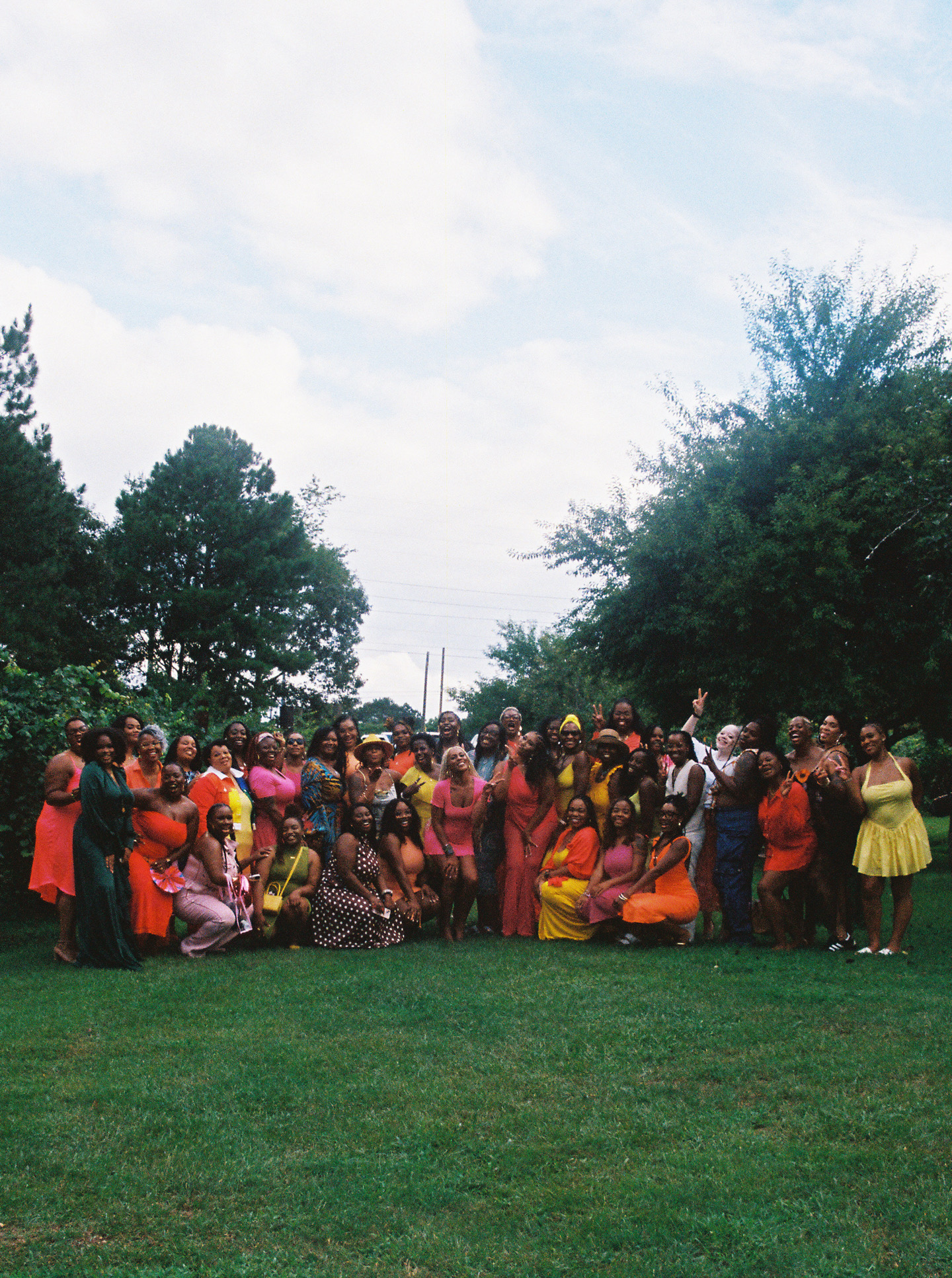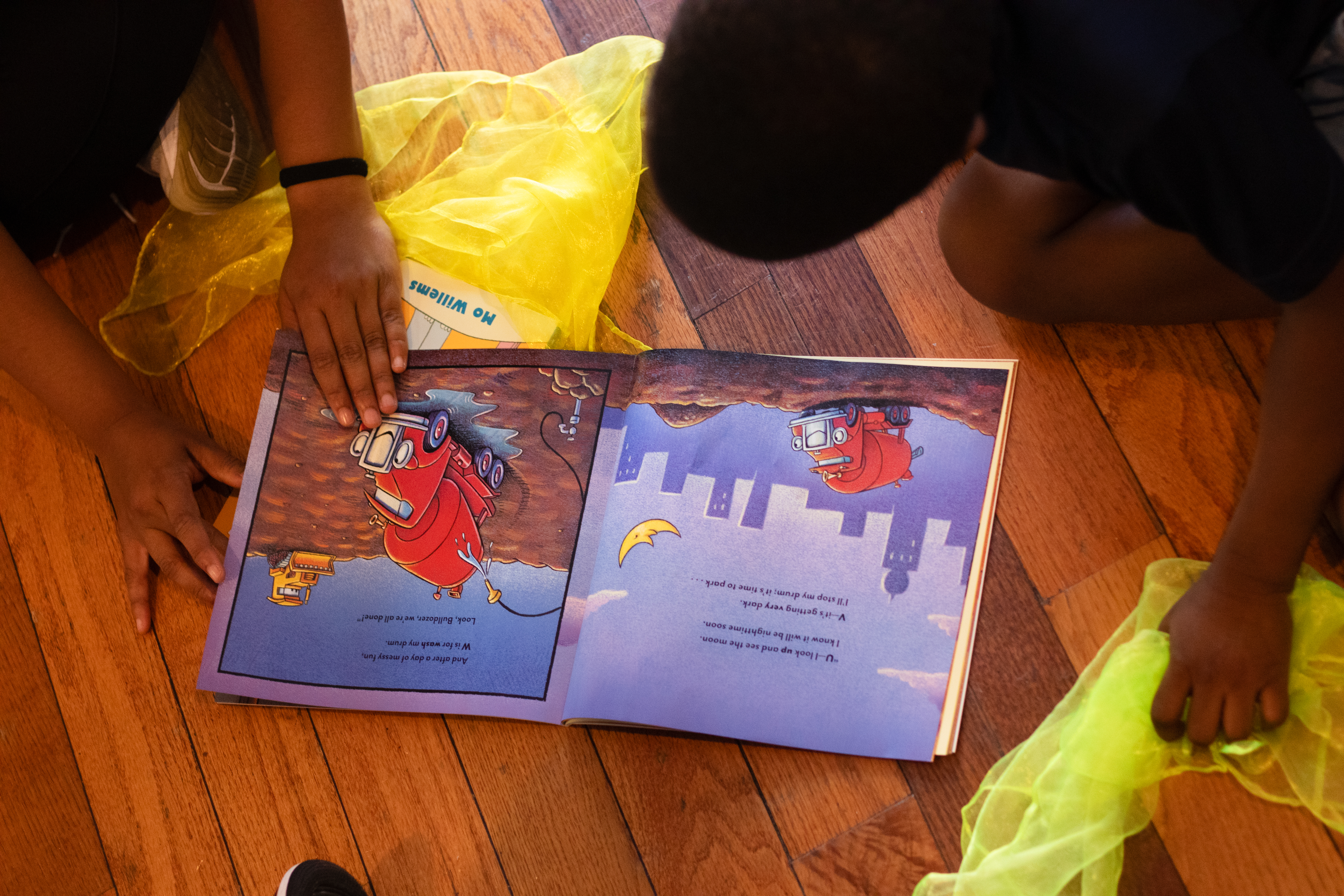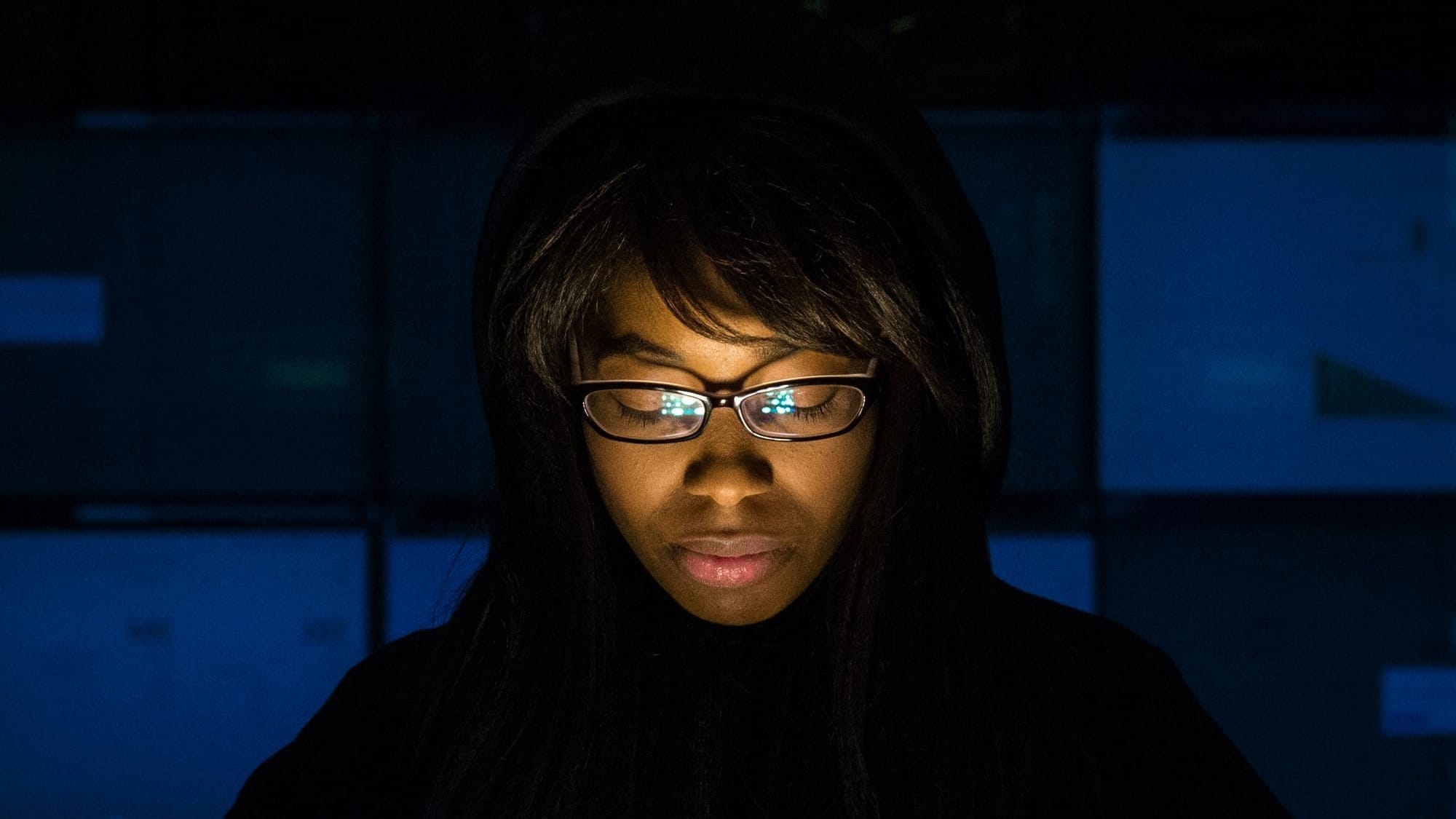Forty Years Since the MOVE Bombing, What Have We Learned?
How long does it take to heal from the trauma of someone burning down an entire city block? Forty years, perhaps?
How long does it take to heal from the trauma of someone burning down an entire city block? Forty years, perhaps?
That’s how long it’s been since Mayor W. Wilson Goode, Police Commissioner Gregore J. Sambor, the Philadelphia Police Department, and the City of Philadelphia committed an act of domestic terrorism that left 11 people dead, 250 residents homeless, and 61 homes reduced to ash.
As a Black Philadelphian, it’s almost a rite of passage to eventually learn about the 1985 MOVE Bombing. For decades, this event was swept under the rug, treated as a political blemish rather than a clear microcosm of race relations in Philadelphia. I was born in Philadelphia and lived there for 21 years before I ever learned about what happened on May 13, 1985, on the 6200 block of Osage Avenue. But I’ll never forget the first time I drove down that street after learning the truth.
“I remember being scared to death that the fire was going to burn down my house,” my mother, a lifelong Philadelphia resident, recalled. “We lived in Wynnefield, but the smoke was so thick you could see it driving through West Philly. I remember thinking it was going to burn down the whole city. I’ll never forget seeing that smoke.”
MOVE was a Black liberation organization inspired by the Black Panther Party and the anti-war movements of the 1960s and 1970s. Their ideology fused natural living, anti-establishment resistance, and Black self-determination. They were vocal, eccentric, and determined to live outside the systems that oppressed them.
In 1978, following neighbor complaints about their lifestyle, MOVE was involved in a shootout with the Philadelphia Police Department that left one officer dead. Nine MOVE members were charged with third-degree murder. That event set the tone for the public’s perception of the group and the city’s handling of them going forward.
By the 1980s, MOVE had been repeatedly vilified, particularly by former Mayor and Police Commissioner Frank Rizzo. Their image only worsened under Mayor Goode and Commissioner Gregore J. Sambor, who, in 1985, formally labeled them as a terrorist organization. Neighbors on Osage Avenue reached out to then-Governor Richard Thornburgh for help, calling MOVE “a clear and present danger to the health and safety of our entire block.” What those neighbors didn’t realize is that they, too, would soon be treated as disposable.
What began as a call to surrender turned into a shootout, with the Philadelphia Police Department firing 10,000 rounds of ammunition into a communal home. When MOVE refused to leave their home and surrender their freedom, Police Commissioner Gregore J. Sambor authorized the use of a bomb to destroy a rooftop bunker. In a twist of fate, the bomb was dropped, but the bunker remained intact, and due to Philadelphia’s narrow streets and densely packed row homes, the homes surrounding 6221 Osage Avenue caught fire and began to collapse.
On the 40th anniversary of the MOVE bombing, we’re left with questions that remain as urgent now as they were then. How do we remember people who weren’t seen as “perfect victims”? The members of MOVE were flawed, like any other group, but did that justify what happened to them?
This wasn’t just about law enforcement, city politics, or even MOVE. It was about humanity. The MOVE bombing represented society’s unwillingness to accept those who live out of convention, a refusal so intense it turned into rage. The city didn’t just want MOVE gone. They wanted them destroyed. And in doing so, they destroyed an entire community, a Black community. Sixty-one black families lost their homes, not because they were MOVE members, but because they lived nearby. The message was clear. Proximity alone was enough to warrant destruction.
The bombing also raises deeper questions about what it means to be a “model minority.” Firefighters were instructed to let the flames burn for more than 90 minutes. City officials were so eager to silence MOVE that they overlooked the lives of everyday Black residents. The same neighbors who had asked for help from their local government were met with violence and displacement. It’s a reminder that in the United States, no amount of conformity will protect you because Blackness will always be seen as a threat, and thus, Black people are seen as expendable.
We saw this with LeBron James’ home being vandalized with racial slurs in 2017, and with Donald Trump demanding Barack Obama’s birth certificate in 2008. You can be wealthy, respectable, or highly accomplished and still be seen through the lens of suspicion and rejection.
The 1985 MOVE Bombing is ultimately a story about grace–or its lack thereof. What would it mean to live in a society that didn’t seek to crush those who deviate from the norm? What if the difference wasn’t viewed as dangerous? What if people weren’t comfortable casually disregarding and discarding Black American lives and dreams? In a society that champions grace, there is reason to believe that empathy and healthy conflict resolution would be used as de-escalation tactics to ensure all remain unharmed in heightened situations. Unfortunately, we don’t live in that society. Not yet. And until we do, we might always be just a neighborly disagreement away from catastrophe.





